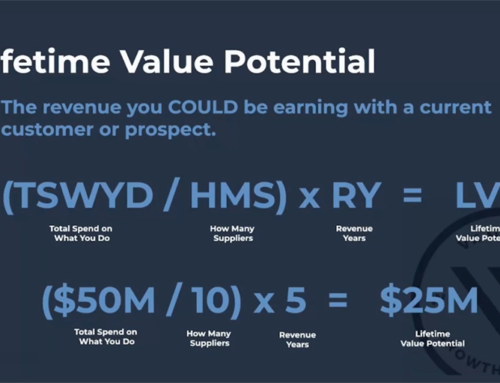 Leading indicators and lagging indicators – while both provide important information used to make long-term growth business decisions, each is saddled with benefits and detriments.
Leading indicators and lagging indicators – while both provide important information used to make long-term growth business decisions, each is saddled with benefits and detriments.
Lagging indicators are things that have already happened, and leading indicators are things that will happen in the future. Herein lies some issues.
Things that have happened in the past can sometimes be good indicators of what will happen in the future, but not always.
Think about a roulette table. As you play roulette, the table displays a list of winning numbers. Many use this as a lagging indicator of what numbers will come up next and place bets accordingly, but any gambling expert will tell you that each spin is completely independent of any other spin – making the lagging indicator of previous wins irrelevant.
In business, revenue is treated as a lagging indicator. While it is a gauge of a good or bad year, it does little in the way of predicting future revenue because it is completely based on things that happened in the past (marketing, product availability, supply chain stability, etc.).
While metrics such as revenue matter, they are only a fraction of the overall lagging indicators for your business.
Leading indicators can be more complicated because you’re trying to predict the future. When salespeople view a prospect, they often do not consider the potential value of a relationship for the long haul.
But an informed guess about lifetime value drives decisions and actions around each prospective relationship and whether it is worth pursuing. A leading indicator is the revenue you might earn with a current customer or prospect.
Identifying leading indicators requires calculating lifetime value. This is a critical, yet frustrating step, for many companies because opportunities don’t turn into revenue very quickly. With a long sales cycle, business leaders don’t see an immediate benefit in thinking in this way and investing the time to make those informed decisions.
At the Vx Group, we help our clients determine which leading and lagging indicators provide the most valuable information, then use that information to develop a growth plan and ideal customer profile (ICP).
This starts with a no-obligation conversation about your vision for growth. Are you ready to take the next step? Contact us today.





